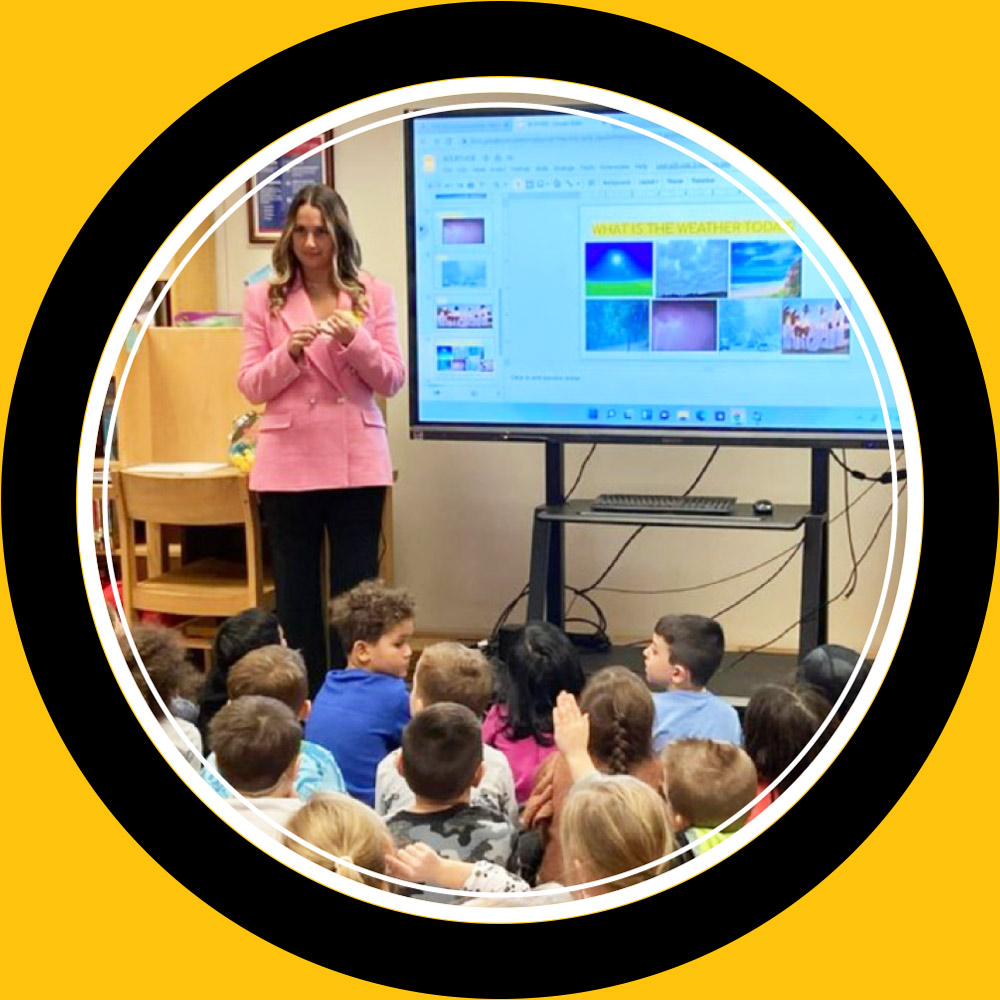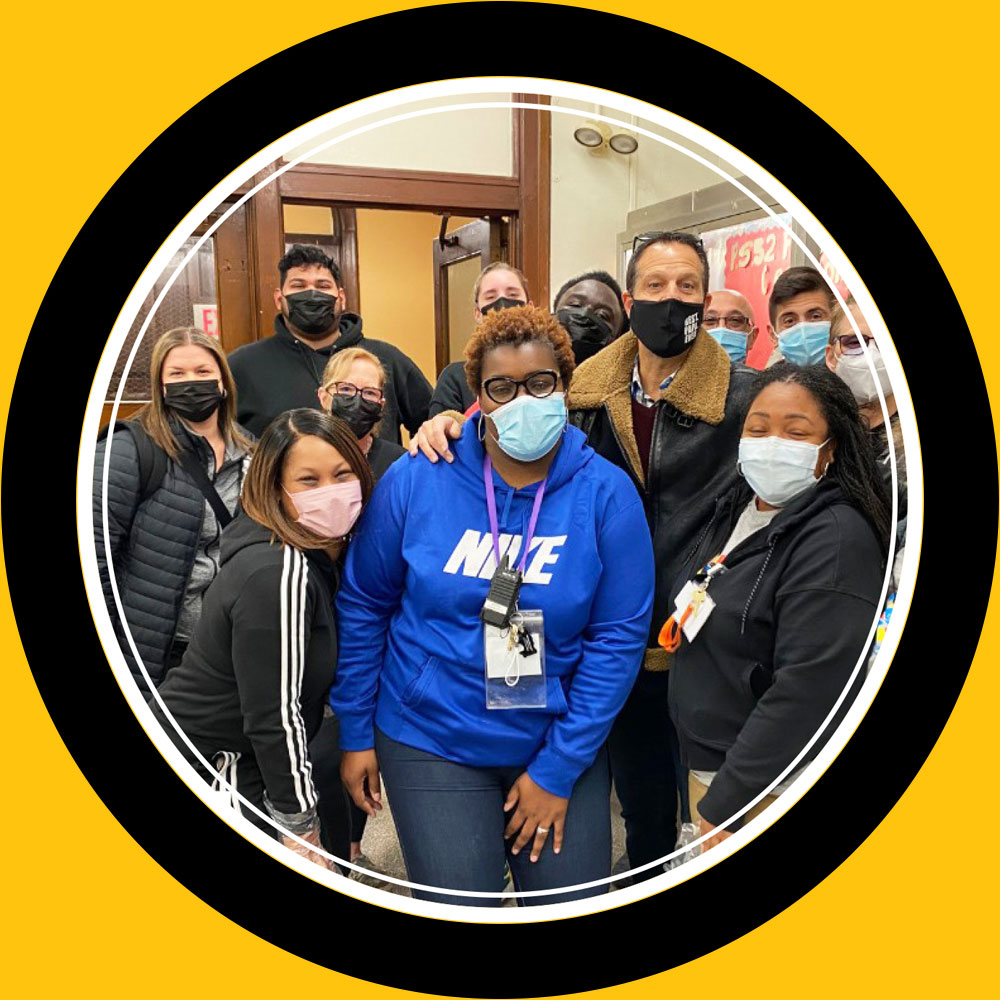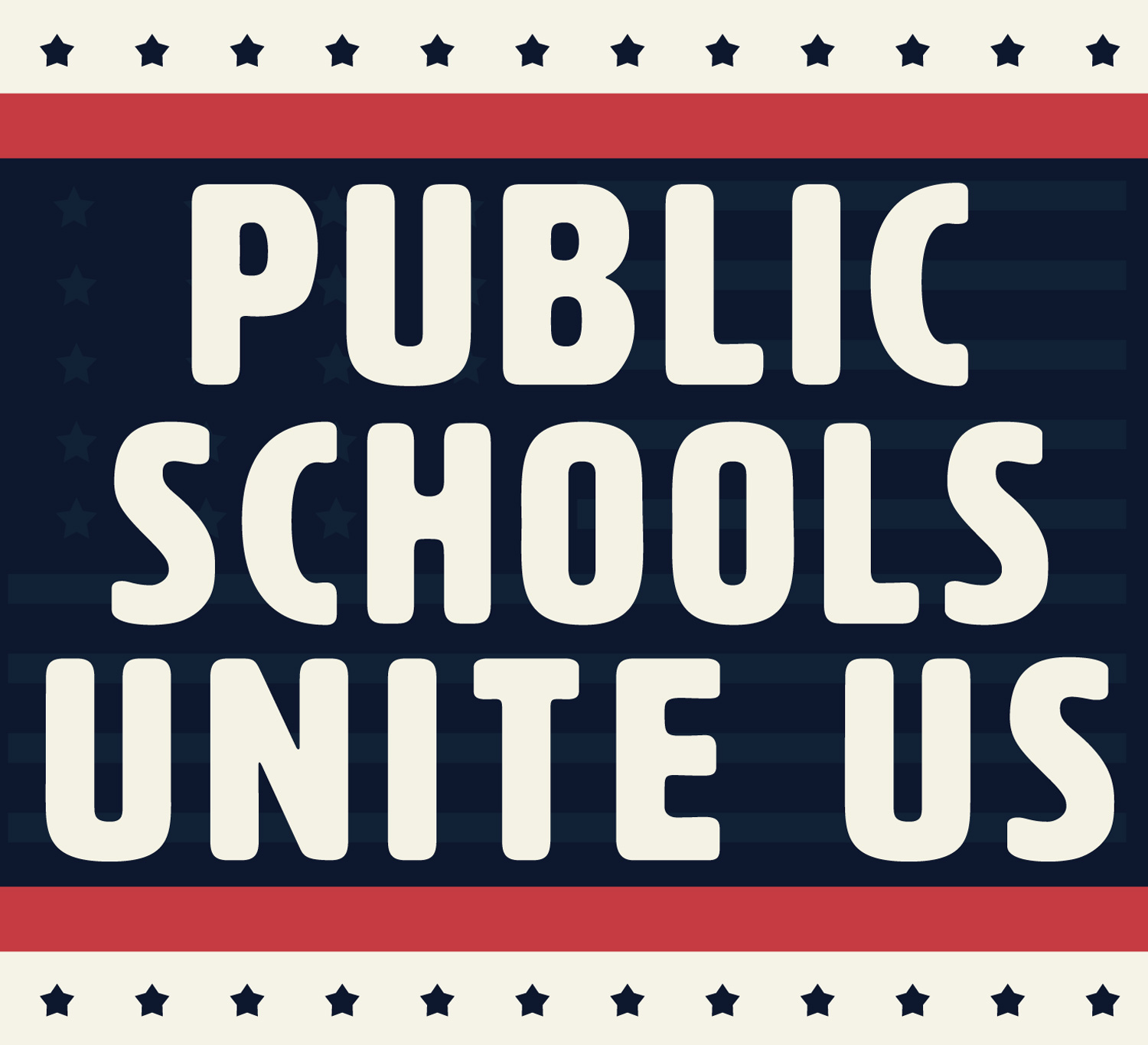What you need to know about community schools
YSUT is committed to expanding the state’s network of community schools; both because community schools work and because advocating for positive economic and social change is union work. The statewide union hosted a community school summit last fall to bring together teams of educators, administrators, school board members and parents who want to start or expand community schools in their districts.
“It’s time we demand a public education system that truly supports every child,” said NYSUT President Andy Pallotta, noting that in the upcoming legislative session, NYSUT will continue to advocate for $100 million in state budget funds allocated specifically for community schools.
“When children face poverty, when their families face food insecurity, when they don’t have access to health care or social services, they don’t come to school ready to learn in the first place,” he continued. “That’s where community schools change the game, helping students and families thrive.”
The summit featured panel discussions from a variety of community school advocates who shared lessons they learned along the way and tips to get started. “We’ve heard from a great mix of urban, suburban and rural districts,” said Pallotta. “It sends a powerful message that community schools can work for everyone — and that we need more funding.”
What is a community school?
Community schools serve as hubs in their communities, providing valuable supports for students and families. They provide wrap-around services that help keep families healthy, communities safe and children supported in various ways.
Community schools are led by a community school director/coordinator. Their job is to forge connections with local groups and organizations and to align the services provided by the community school with the needs of area families and students.
While most often associated with urban districts, the community school model can and does work in suburban and rural areas. Each community school reflects the needs of the community it supports, so the model will look slightly different from district to district.
Out of 731 school districts in New York state, only about 296 utilize the community school model.
Below are some success stories:
Connected Community Schools — Central New York

The Connected Community Schools network, started in 2017 as a Rome Teachers Association initiative, encompasses 60 schools in 20 districts. Provided services include on-site laundry, mobile health clinics and food pantries. The network also partners with private businesses, social service providers and non-profits to ensure families’ basic needs are met. For every $1 invested in the network, it provides upward of $20 worth of services thanks to cost-sharing arrangements with providers and financial and non-monetary donations. “We started by taking on food insecurity in one school with a food pantry and Homework Diner,” said Rob Wood, Rome TA. “Now we’re Connected Community Schools.”
‘United Community Schools — UFT/New York City

to schools everywhere.
“When we can reduce barriers, we know kids will thrive,” said UFT Vice President Karen Alford. “It’s a matter of addressing the educational, emotional, social and health issues that can stand in the way of learning.”
Connected Community Schools — Central New York
The Connected Community Schools network, started in 2017 as a Rome Teachers Association initiative, encompasses 60 schools in 20 districts. Provided services include on-site laundry, mobile health clinics and food pantries. The network also partners with private businesses, social service providers and non-profits to ensure families’ basic needs are met. For every $1 invested in the network, it provides upward of $20 worth of services thanks to cost-sharing arrangements with providers and financial and non-monetary donations. “We started by taking on food insecurity in one school with a food pantry and Homework Diner,” said Rob Wood, Rome TA. “Now we’re Connected Community Schools.”


United Community Schools — UFT/New York City
Founded in 2012 by the United Federation of Teachers, United Community Schools operates the largest community school network in New York City. From a small pilot of six schools, it’s grown into a network of 31 schools in all five boroughs of New York City and beyond, serving more than 20,000 students. To share best practices, UCS now offers consulting services, implementation materials and professional learning modules
to schools everywhere.
“When we can reduce barriers, we know kids will thrive,” said UFT Vice President Karen Alford. “It’s a matter of addressing the educational, emotional, social and health issues that can stand in the way of learning.”

Community schools are a major part of NYSUT’s Public Schools Unite Us initiative. You can learn more about this and other initiatives to strengthen our public schools at: PublicSchoolsUniteUs.org.

Community schools are a major part of NYSUT’s Public Schools Unite Us initiative. You can learn more about this and other initiatives to strengthen our public schools at: PublicSchoolsUniteUs.org.